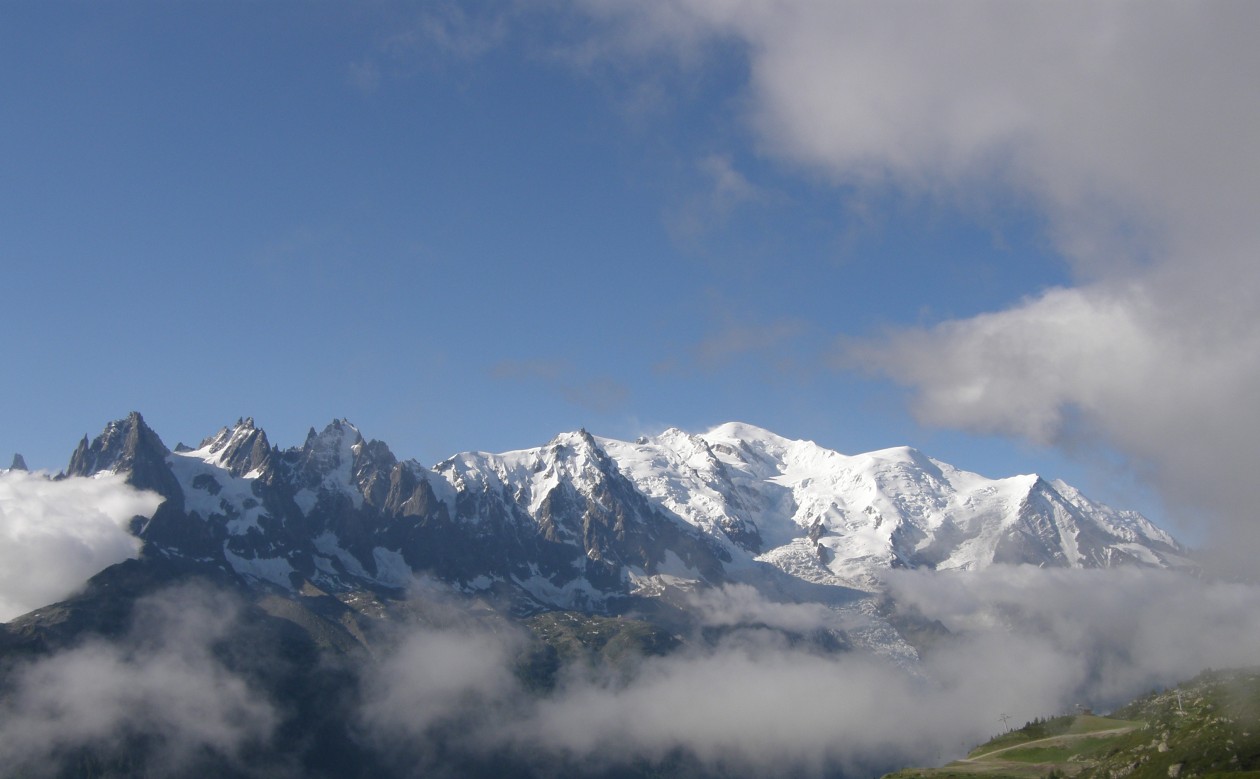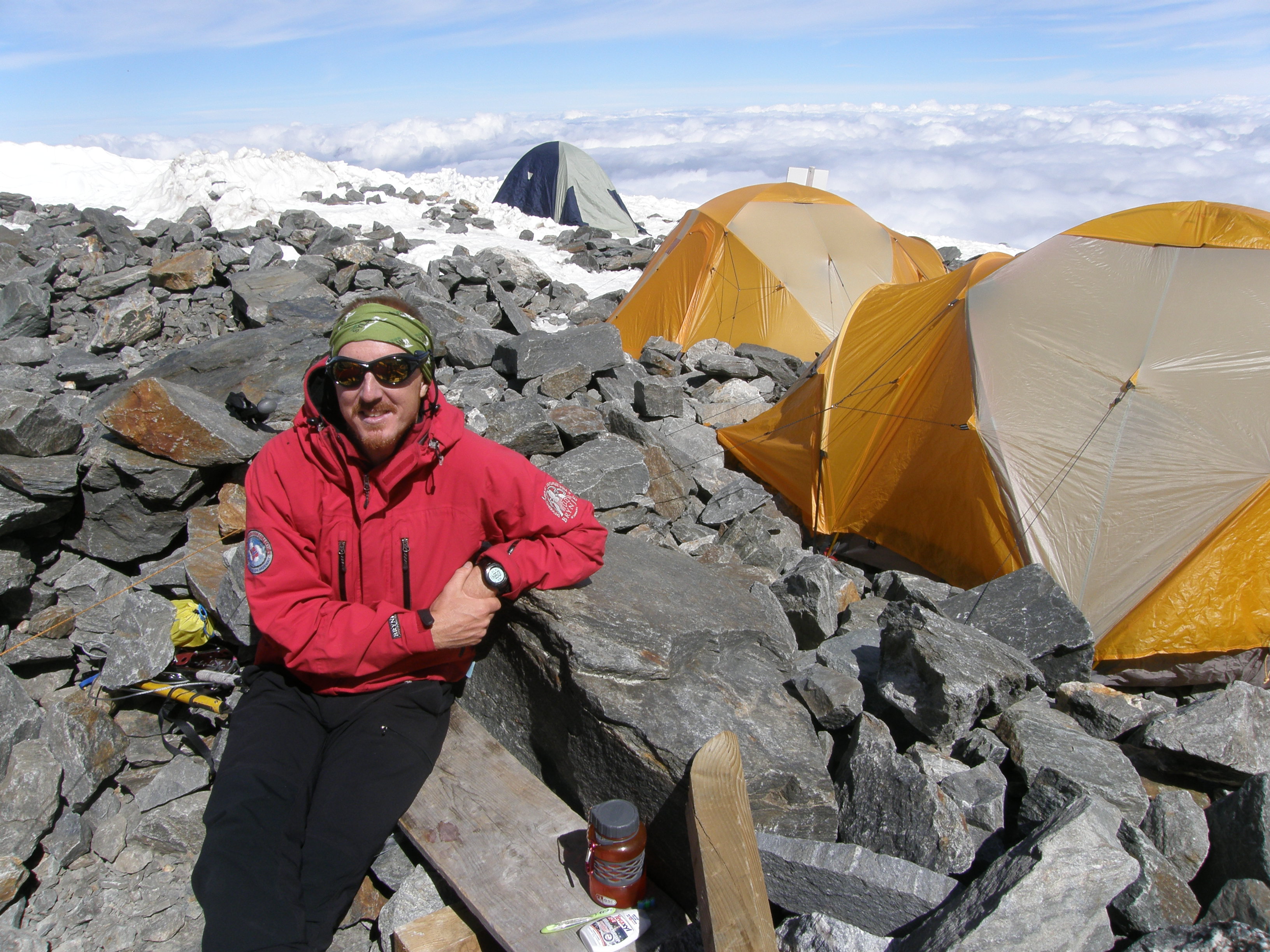Saturday morning, it is early. The clock has just passed 05.00 and I am already up. Having a small breakfast and then to the hill. A up going sun, and it is already hot in the air. A deer jumps out from the high grass when I am starting the ascend. after 15 times up and down and I am done. The training has been great, 9-10 workouts every week. Endurance and training of the forearms is focus at the moment.
Early morning, hill training in a slope…
Mountaineering involves a lot of risks. As a guide you need to mitigate them. The inclination is a factor you need to take in consideration. The chill effect is another, risk of avalanche and as well the wind. All this is all factor that will affect your decision on the mountain. When choosing route, and were or how and what to do this will be aspect to taken into the decision-making.
I have wrote a lot about acclimatization, and there is a lot of research in the area. The scientist has during a period found that the brain will be affected in thin air. A research has defined that even at low altitudes such as 4000m will affect the brain. It can make you to lose your short-term memory. At a brain-scan you can also see affects at your brain, such as decreased brain size. To avoid this negatives effects, you got to follows the advice of planned and scheduled acclimatization. When you reach 2700m you should not ascend more than 300m/day. Walk high and sleep low principle will be the precept. So if you don’t want to have “black holes” in the brain, follow the advice:-).
Drink a lot, and follow the advice for acclimatisation. Walk high sleep low..
And don’t forget to look under ”news and updates” . There you can get the Guides weekly tips:-)
This week the music will be Nightcore Ghost town..
https://www.youtube.com/watch?v=XvkB5ABGkrQ
See ya soon



Thanks for all the usefull advises according to high altitude knowledge. We need to prepere for the next trip to the Andes Ulf.
Keep strong and work hard.